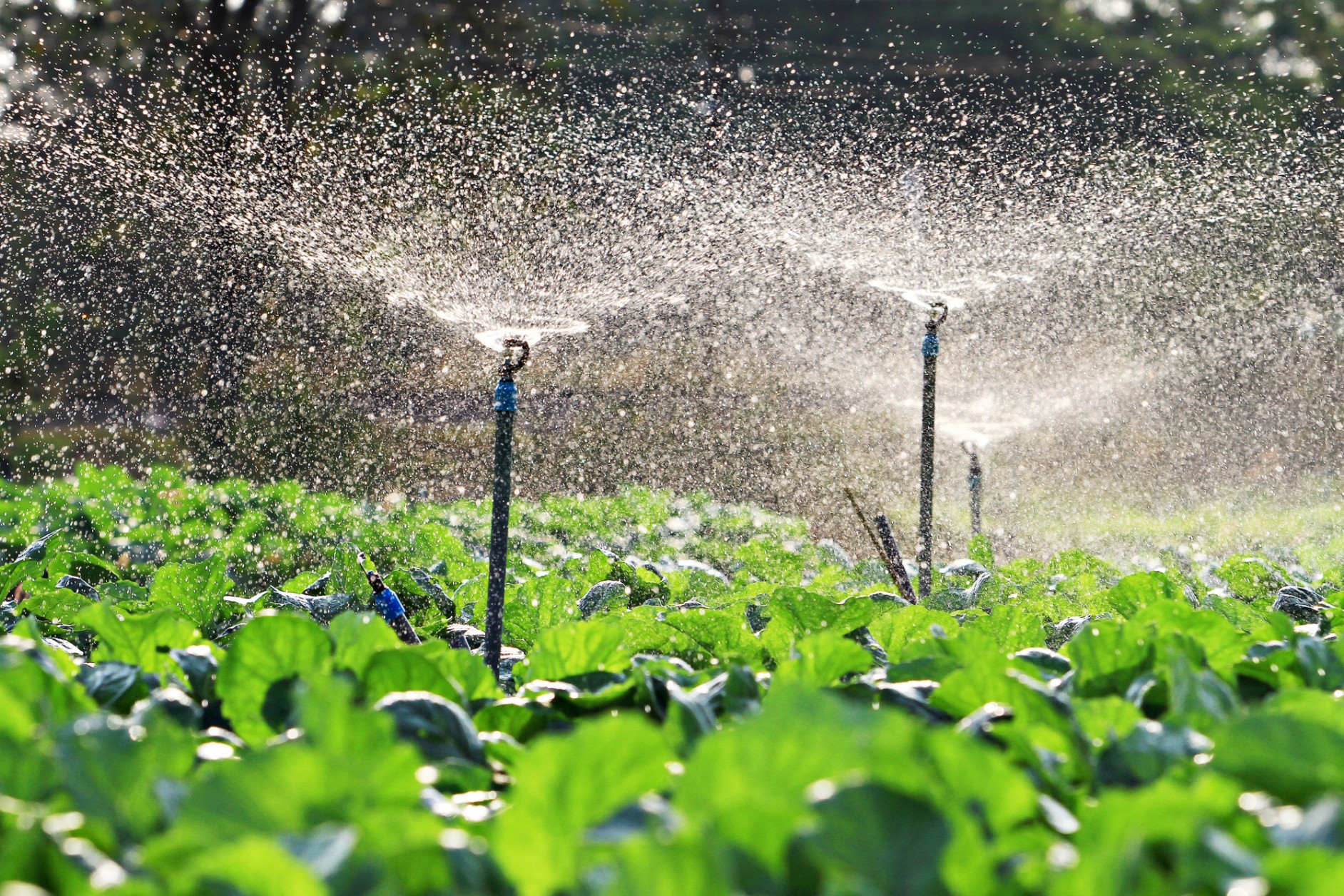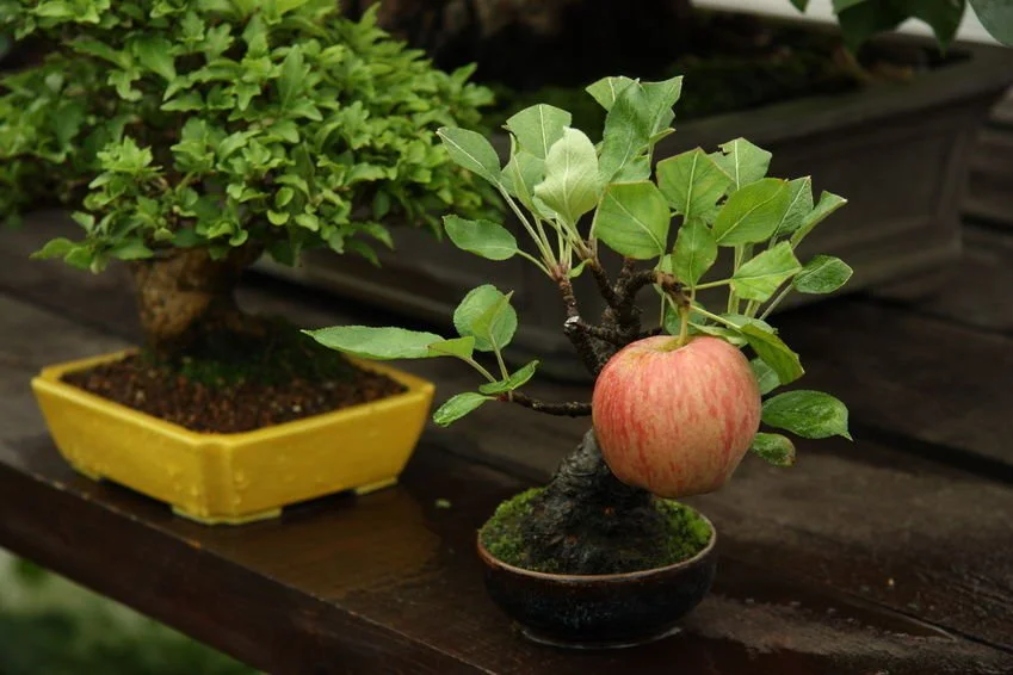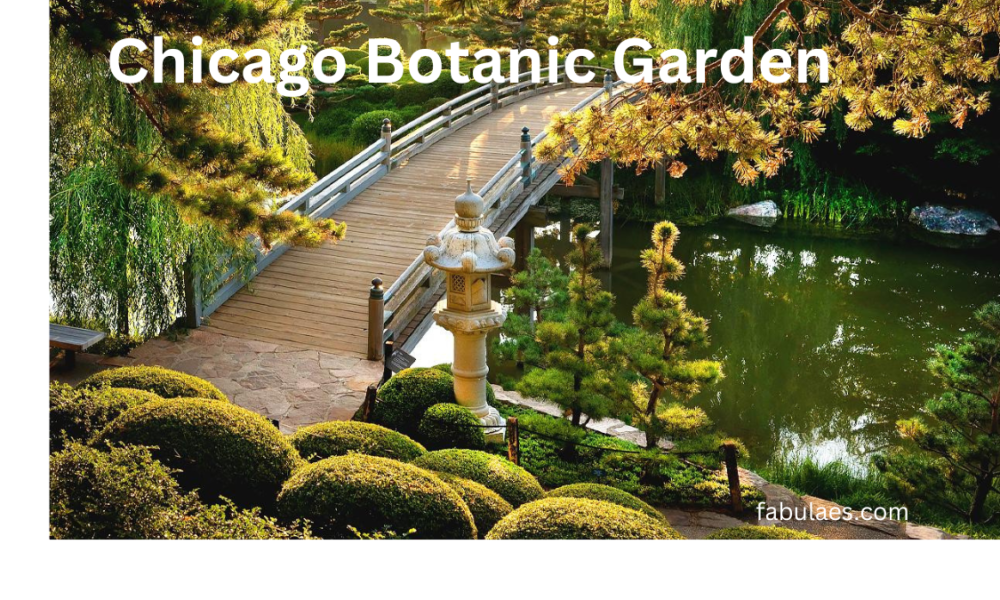Sprinklers are primarily used to water lawns, gardens, and agricultural crops. They work by spraying water evenly over a designated area, which helps to ensure that the plants receive the appropriate amount of water necessary for healthy growth. In addition to watering plants, sprinklers are also used for fire suppression systems in buildings and other structures. In this case, the sprinkler heads are activated by heat, and they spray water over the affected area to extinguish the flames. Sprinklers can also be used for cooling outdoor areas such as patios or playgrounds on hot days.
Sprinklers are commonly used for watering lawns, gardens, and agricultural crops. They can be manually operated, or they can be programmed to turn on and off at specific times using an irrigation timer. Sprinklers can be designed to distribute water in a variety of patterns, including circular, square, and rectangular shapes, depending on the needs of the area being irrigated.
In addition to watering plants, sprinklers are also used for fire suppression systems in buildings and other structures. In this case, the sprinkler heads are activated by heat, and they spray water over the affected area to extinguish the flames.
What is sprinklers in fire?
Fire sprinkler systems typically consist of a network of pipes that are filled with water and connected to a water supply, as well as a series of sprinkler heads that are strategically placed throughout the building. The sprinkler heads are designed to activate automatically when they detect a certain level of heat, which typically occurs when a fire breaks out. Once activated, the sprinkler heads spray water or other extinguishing agents onto the fire, helping to control or extinguish it.
Sprinklers in fire protection systems are highly effective at preventing the spread of fires and minimizing damage to buildings and other structures. They are widely used in commercial, industrial, and residential settings to protect people and property from the devastating effects of fires.
Why use water sprinkler?
- Irrigation: Water sprinklers are commonly used to water lawns, gardens, and agricultural crops. They distribute water in a controlled manner over a designated area, which helps to ensure that the plants receive the appropriate amount of water necessary for healthy growth.
- Fire protection: Sprinklers are an important component of fire protection systems in buildings and other structures. They are designed to activate automatically when they detect a certain level of heat, and they spray water over the affected area to control or extinguish the fire.
- Cooling: In hot weather, water sprinklers can be used to cool outdoor areas such as patios or playgrounds. The water spray from the sprinklers helps to reduce the ambient temperature, making the area more comfortable and enjoyable for people to spend time in.
- Dust suppression: Water sprinklers can be used to suppress dust and other airborne particles in industrial settings, construction sites, and other areas where dust is a problem. The water spray helps to settle the dust, reducing the amount of airborne particles and improving air quality.
Overall, water sprinklers are a versatile tool that can be used for a variety of purposes. They help to conserve water, prevent fires, and make outdoor areas more comfortable and enjoyable.
What is sprinkler and types?
There are several types of sprinklers, each designed for specific purposes. Here are some of the main types of sprinklers:
- Spray Sprinklers: These are the most common type of sprinklers used for lawn and garden irrigation. They have a fan-shaped spray pattern and distribute water in a uniform manner over a designated area.
- Rotary Sprinklers: These sprinklers distribute water in a circular pattern and are commonly used for large lawn areas. They are designed to rotate while spraying, which helps to cover a larger area with water.
- Drip Irrigation Sprinklers: These sprinklers deliver water directly to the roots of plants through a series of tubes and emitters. They are commonly used in agriculture and in areas with water restrictions because they are highly efficient and conserve water.
- Impact Sprinklers: These sprinklers have a large, heavy sprinkler head that rotates while spraying, creating a pulsating spray pattern. They are commonly used in agriculture and for large lawn areas.
- Fire Sprinklers: These sprinklers are designed to activate automatically when they detect a certain level of heat, and they spray water over the affected area to control or extinguish the fire.
- Mist Sprinklers: These sprinklers emit a fine mist of water that can be used for cooling or humidification. They are commonly used in outdoor areas such as patios, parks, and playgrounds.
Overall, there are many different types of sprinklers available, each designed for specific purposes. Choosing the right type of sprinkler depends on the application and the specific needs of the area being irrigated or protected.
How does a sprinkler system work?
- Water Source: A sprinkler system is connected to a water source, such as a municipal water supply or a well. The water is usually stored in a tank or reservoir, which provides a constant supply of water to the system.
- Control Valve: A control valve is installed between the water source and the sprinkler system. The control valve is used to turn the water supply on and off, as well as to control the water pressure and flow rate.
- Pipes and Fittings: A network of pipes and fittings is installed throughout the area being irrigated or protected. The pipes and fittings are designed to carry water to the sprinkler heads.
- Sprinkler Heads: Sprinkler heads are installed at regular intervals along the pipes. The sprinkler heads can be adjusted to control the spray pattern, flow rate, and coverage area.
- Timer: A timer is used to control when the sprinkler system turns on and off. The timer can be programmed to turn the sprinklers on and off at specific times of the day or night.
- Sensors: Some sprinkler systems are equipped with sensors that detect rainfall, soil moisture, or other environmental factors. These sensors can be used to automatically adjust the watering schedule or to turn off the sprinkler system when it’s not needed.
Overall, a sprinkler system is a complex network of pipes, valves, and sprinkler heads that work together to distribute water in a controlled manner to a designated area. By using a sprinkler system, water can be conserved and plants can receive the appropriate amount of water necessary for healthy growth. Sprinkler systems can also be used for fire protection and other purposes, depending on the specific needs of the area being irrigated or protected.
What is the range of a sprinkler?
The range of a sprinkler can also be affected by the terrain, wind, and other environmental factors. For example, sprinklers on a slope will have a shorter range on the uphill side and a longer range on the downhill side. Wind can also cause the water spray to drift, reducing the effective range of the sprinkler.
To determine the range of a specific sprinkler, it’s important to consult the manufacturer’s specifications and recommendations. The range can also be adjusted by changing the nozzle size, water pressure, or spray pattern of the sprinkler.
Overall, the range of a sprinkler is an important factor to consider when designing an irrigation system. By choosing the right type of sprinkler and adjusting the water pressure and spray pattern, the range can be optimized to ensure that the plants receive the appropriate amount of water necessary for healthy growth.
What is in a sprinkler system?
- Water source: A sprinkler system is connected to a water source, such as a municipal water supply, well, or water storage tank.
- Backflow preventer: A backflow preventer is installed between the water source and the sprinkler system to prevent contaminated water from flowing back into the water supply.
- Control valve: A control valve is used to turn the water supply on and off and to regulate water pressure and flow rate.
- Mainline pipes: Mainline pipes are the large-diameter pipes that carry water from the control valve to the rest of the sprinkler system.
- Lateral pipes: Lateral pipes are the smaller pipes that branch off the mainline pipes and carry water to the individual sprinkler heads.
- Sprinkler heads: Sprinkler heads are the devices that distribute water in a controlled manner over a designated area. There are several types of sprinkler heads, including spray, rotary, and impact sprinklers, each designed for specific applications.
- Pressure regulator: A pressure regulator is used to ensure that the water pressure in the sprinkler system is within a safe and effective range.
- Timer: A timer is used to control when the sprinkler system turns on and off. The timer can be programmed to turn the sprinklers on and off at specific times of the day or night.
- Rain sensor: A rain sensor is used to detect rainfall and turn off the sprinkler system when it’s not needed.
Overall, a sprinkler system is a complex network of components that work together to distribute water in a controlled manner to a designated area. By using a sprinkler system, water can be conserved, plants can receive the appropriate amount of water necessary for healthy growth, and fire protection can be provided to buildings and other structures.
What is sprinkler system advantages?
- Conserves water: Sprinkler systems are designed to distribute water in a controlled manner, which helps to minimize water waste and conserve water. By using a sprinkler system, water can be applied more efficiently, reducing runoff and evaporation.
- Saves time and labor: A sprinkler system can save time and labor compared to hand watering or other irrigation methods. Once the system is installed and programmed, it can operate automatically, freeing up time and labor for other tasks.
- Improves plant health: Sprinkler systems can be designed to deliver water directly to the root zone of plants, which helps to improve plant health and reduce the risk of disease.
- Provides fire protection: Sprinkler systems can be used for fire protection in buildings and other structures. By detecting and controlling fires quickly, sprinkler systems can help to prevent or minimize property damage, injury, and loss of life.
- Cost-effective: While the initial cost of installing a sprinkler system can be high, the long-term cost savings can be significant. By conserving water and reducing labor costs, a sprinkler system can pay for itself over time.
- Versatile: Sprinkler systems can be used for a variety of applications, including residential and commercial irrigation, fire protection, and dust suppression, among others. By choosing the right type of sprinkler and adjusting the water pressure and spray pattern, the system can be optimized for specific needs.
Overall, sprinkler systems offer several advantages for water conservation, labor savings, plant health, fire protection, and cost-effectiveness. By using a sprinkler system, users can enjoy the benefits of efficient and reliable water distribution.
What is the temperature of a sprinkler system?
The most common temperature ratings for sprinkler heads used in fire protection systems are 155°F (68°C), 175°F (79°C), and 200°F (93°C). The sprinkler head is designed to open and release water when the temperature in the area surrounding the head reaches the activation temperature.
For irrigation sprinkler systems, the temperature of the water in the system can vary depending on the ambient temperature and the temperature of the water source. In general, the temperature of the water in an irrigation sprinkler system is not a critical factor, as long as the water is not too hot or too cold for the plants being irrigated.
Overall, the temperature of a sprinkler system can vary depending on the type of system and its application. In fire protection systems, the temperature is set to activate the sprinklers at a specific temperature, while in irrigation systems, the temperature of the water is generally not a critical factor.
How do sprinklers detect fire?
When the heat-sensitive element is activated, it causes a small valve in the sprinkler head to open, releasing water onto the fire. The water helps to cool the fire, reducing the temperature and limiting the spread of flames and smoke. The water also helps to prevent the fire from re-igniting, reducing the risk of property damage and injury.
It’s important to note that not all sprinklers in a system will activate at the same time. Each sprinkler head is designed to respond to the heat of the fire in its immediate vicinity, so only the sprinklers that are directly affected by the fire will activate. This helps to minimize water damage to the building and its contents, as only the areas affected by the fire will be exposed to water.
Overall, sprinklers are an effective and reliable way to detect and control fires in buildings and other structures. By detecting fires quickly and releasing water to control the flames, sprinklers can help to prevent or minimize property damage, injury, and loss of life.
Is a sprinkler a fire extinguisher?
Sprinklers are designed to detect fires and release water to control the flames. The water from the sprinklers helps to cool the fire, reducing the temperature and limiting the spread of flames and smoke. However, sprinklers are not designed to completely extinguish fires, and they may not be effective for all types of fires.
Fire extinguishers, on the other hand, are designed to extinguish fires by releasing chemicals or agents that can smother the flames or disrupt the chemical reaction that is fueling the fire. Fire extinguishers are typically used to extinguish small fires or to control fires in their early stages before they can spread.
In summary, while sprinklers are not fire extinguishers, they can be an effective and reliable way to control fires in buildings and other structures until the fire department arrives. Fire extinguishers are designed to extinguish fires and are a critical component of fire safety in buildings and other structures.
What are the hazards of fire sprinklers?
- Water damage: Sprinklers can cause water damage to a building or its contents if they activate unnecessarily or if the water is not properly contained. This can result in costly repairs and potentially disrupt operations.
- False alarms: Sprinklers can sometimes activate accidentally, resulting in a false alarm. This can cause disruptions and may result in unnecessary response from emergency services.
- Corrosion: Over time, sprinkler pipes can corrode due to exposure to water or other factors. This can lead to leaks or failures in the system that can compromise its effectiveness.
- Freeze damage: If sprinkler pipes are located in areas that are not heated or insulated, they may be vulnerable to freezing during cold weather. Frozen pipes can burst and cause water damage.
- Obstruction: Sprinklers can become obstructed by dust, debris, or other materials, which can prevent them from functioning properly during a fire.
It’s important to note that these hazards can be minimized through proper installation, maintenance, and testing of sprinkler systems. Regular inspections and maintenance can help to ensure that sprinklers are functioning properly and that any potential hazards are identified and addressed.
What is a sprinkler head called?
What material is used for fire sprinklers?
The heat-sensitive element in the sprinkler head, such as a glass bulb or a fusible link, is typically made of a material that melts or breaks at a specific temperature. This allows the sprinkler head to detect the heat of a fire and release water onto the flames.
The pipes that carry water to the sprinkler heads are typically made of steel or plastic materials, such as polyvinyl chloride (PVC) or chlorinated polyvinyl chloride (CPVC). These materials are chosen for their ability to withstand high pressure and their resistance to corrosion.
Overall, the materials used in fire sprinkler systems are chosen for their ability to withstand high temperatures and pressures, resist corrosion, and provide reliable performance in the event of a fire.
What temperature does fire sprinkler activate?
The specific activation temperature of a sprinkler head depends on the type of heat-sensitive element used in the head. For example, some sprinkler heads use a glass bulb filled with a heat-sensitive liquid, which expands and breaks the bulb when it reaches the activation temperature, while others use a fusible link that melts when the temperature rises above the activation point.
It’s important to note that each sprinkler head activates independently, meaning that only the sprinkler heads directly exposed to the heat of the fire will activate. This helps to limit water damage to the area where the fire is occurring and reduces the amount of water needed to control the fire.
How many types of sprinklers are there?
- Pendant sprinklers: These sprinklers are suspended from the ceiling and are designed to release water in a circular pattern below the sprinkler head.
- Upright sprinklers: These sprinklers are installed in an upright position and are designed to release water in a circular pattern above the sprinkler head.
- Sidewall sprinklers: These sprinklers are installed along the wall and are designed to release water in a semi-circular pattern to cover a specific area.
- Concealed sprinklers: These sprinklers are installed above the ceiling and are designed to be hidden from view, with only the cover plate visible. When activated, the cover plate falls away, allowing water to flow from the sprinkler head.
- Early Suppression Fast Response (ESFR) sprinklers: These sprinklers are designed to provide rapid and effective fire suppression in high-risk environments, such as warehouses or industrial facilities. They are capable of delivering a large volume of water to the fire in a short amount of time.
- Residential sprinklers: These sprinklers are designed for use in residential settings and are smaller and less obtrusive than commercial sprinklers. They are designed to activate earlier than commercial sprinklers to provide faster fire suppression in residential settings.
Each type of sprinkler has its own unique performance characteristics and installation requirements, and the choice of sprinkler type depends on factors such as the size and layout of the building, the type of occupancy, and the fire protection goals of the system.
Is sprinkler water safe?
In addition, the water discharged from a sprinkler system can cause water damage to the building and its contents, which can also pose health risks if not properly mitigated. For example, standing water can create an environment for mold growth, which can cause respiratory problems.
To ensure that the water from a fire sprinkler system is safe, it’s important to have the system inspected and maintained regularly by a qualified professional. Any water damage caused by the system should be cleaned up promptly and thoroughly to prevent the growth of mold or other harmful substances.
What is simple sprinkler system?
The water supply for the system may be provided by a municipal water supply, a dedicated water tank, or a combination of both. The control valve is used to turn the water supply on and off and may be activated automatically by a fire detection system or manually by building occupants or emergency responders.
The piping distributes the water from the control valve to the sprinkler heads, which are strategically placed throughout the building to provide complete coverage. When a fire is detected, the heat from the fire causes the sprinkler head to activate, releasing water onto the fire and helping to suppress it.
Simple sprinkler systems are relatively easy to install and maintain, and are often used in smaller buildings or residential settings. However, they may not be suitable for larger or more complex buildings, which may require more advanced sprinkler systems to provide adequate fire protection.
What is the most effective type of sprinkler?
- Early Suppression Fast Response (ESFR) sprinklers: These sprinklers are designed to provide rapid and effective fire suppression in high-risk environments, such as warehouses or industrial facilities. They are capable of delivering a large volume of water to the fire in a short amount of time.
- High-Expansion Foam (HEF) sprinklers: These sprinklers are designed to provide effective fire suppression in areas where traditional sprinkler systems may not be effective, such as in areas with high ceilings or large open spaces.
- Water Mist sprinklers: These sprinklers use a fine mist of water to quickly suppress fires by cooling the flames and reducing the amount of oxygen available to the fire.
- Deluge sprinklers: These sprinklers are designed to provide rapid fire suppression in high-risk areas, such as chemical storage facilities or power plants. They release a large volume of water from all the sprinkler heads in the system simultaneously, flooding the area with water to quickly extinguish the fire.
Overall, the most effective type of sprinkler is one that is designed and installed specifically for the building and occupancy it is intended to protect, and is properly maintained and tested on a regular basis to ensure its continued effectiveness.
What is the flow of sprinkler?
The flow of a sprinkler system is generally designed to meet specific fire protection goals, such as controlling a fire until the fire department arrives, or extinguishing a fire completely. The required flow for a given application can vary widely, depending on the size and type of building, the occupancy, and the type of fire hazard present.
In general, the flow of a sprinkler system is designed to be sufficient to control or extinguish a fire in the area covered by the sprinkler heads, while minimizing water damage to the building and its contents. Properly designed and installed sprinkler systems can be highly effective at suppressing fires and protecting lives and property.
What is the maximum distance for sprinklers?
In general, sprinkler heads are typically installed in a grid pattern throughout the building, with the spacing of the heads determined by the specific occupancy and fire protection goals of the system. The spacing of sprinkler heads can vary widely, depending on the type of occupancy and the level of fire risk present.
For example, in a standard office building with a low to moderate fire risk, sprinkler heads may be spaced at intervals of 12 to 16 feet, while in a high-hazard occupancy such as a chemical storage facility, the spacing of sprinkler heads may be much closer, typically 6 to 10 feet apart.
The maximum distance for sprinklers can also be affected by other factors, such as the water supply available for the system, the pressure and flow rate of the water, and the type of sprinkler head used. In general, the maximum distance for sprinklers is designed to ensure that the system can effectively control or extinguish a fire in the area covered by the sprinkler heads, while minimizing water damage to the building and its contents.
What is system capacity of sprinkler?
The system capacity of a sprinkler system is important to ensure that the system is able to deliver enough water to effectively control or extinguish a fire. The required system capacity can vary widely, depending on the size and type of building, the occupancy, and the type of fire hazard present.
In general, the system capacity of a sprinkler system is designed to be sufficient to provide an adequate flow of water to all of the sprinkler heads in the system, while also maintaining adequate pressure and minimizing the risk of water damage to the building and its contents.
Properly designed and installed sprinkler systems can be highly effective at suppressing fires and protecting lives and property, but it is important to ensure that the system capacity is adequate for the specific application and fire protection goals of the system.
Pros and cons of sprinkler?
Pros of sprinkler systems:
- Effective fire protection: Sprinkler systems are highly effective at quickly suppressing fires and preventing them from spreading, which can save lives and minimize property damage.
- Automatic operation: Sprinkler systems operate automatically, without the need for human intervention, which means that they can quickly respond to fires even if no one is present.
- Cost-effective: Sprinkler systems are generally more cost-effective than other types of fire protection systems, such as fire suppression systems, and can often be installed at a lower cost.
- Minimal water damage: Sprinkler systems are designed to quickly suppress fires with a minimal amount of water, which can help to minimize water damage to the building and its contents.
Cons of sprinkler systems:
- Installation cost: The installation cost of a sprinkler system can be higher than other types of fire protection systems, particularly in existing buildings where retrofitting the system can be difficult.
- Maintenance cost: Sprinkler systems require regular maintenance and inspection to ensure that they are functioning properly, which can add to the ongoing cost of the system.
- False alarms: Sprinkler systems can be triggered by non-fire events, such as high temperatures or mechanical damage to the sprinkler heads, which can result in false alarms.
- Water damage: While sprinkler systems are designed to minimize water damage, they can still cause significant damage to the building and its contents if they are triggered in error or if the fire is not completely suppressed.
In general, the benefits of sprinkler systems outweigh the drawbacks, and they are an important tool for protecting lives and property from the devastating effects of fires.







